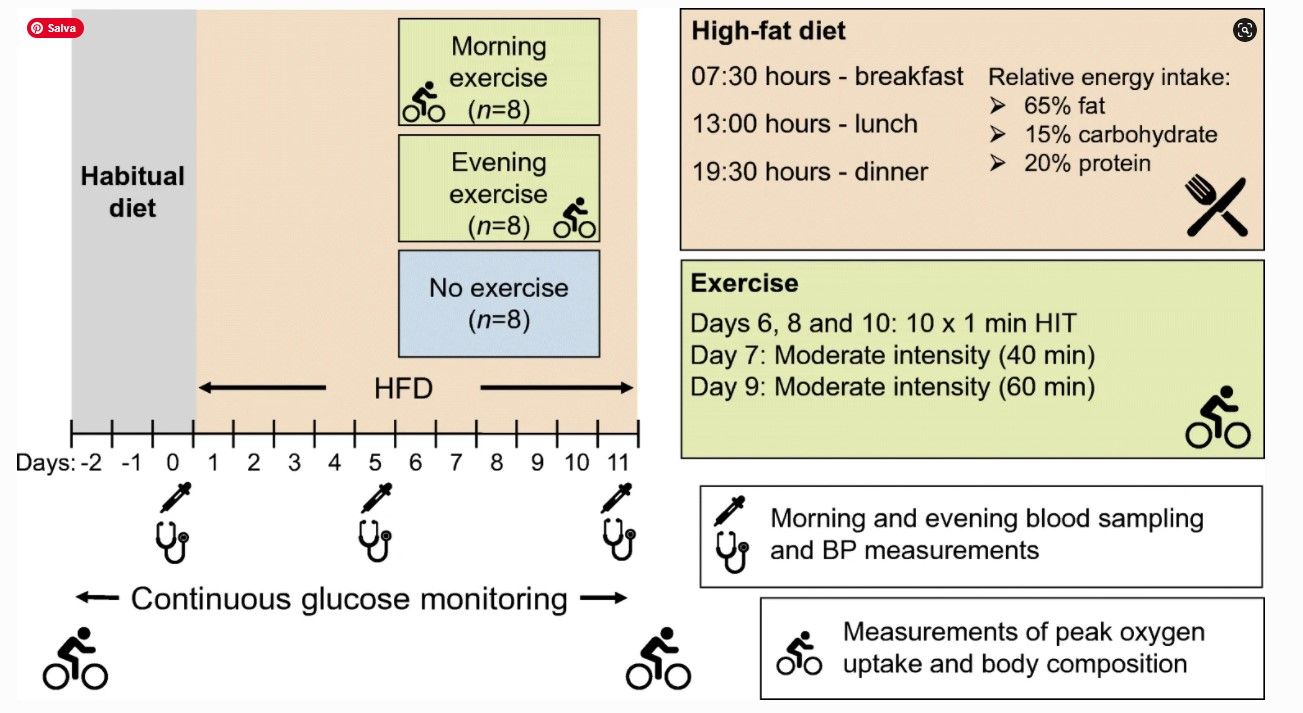When is it best to train to reduce high blood sugar?
A new study from Australian Catholic University explains when it’s best to train to lower blood sugar. Especially if you have borderline blood sugar, a condition known as prediabetes, or type 2 diabetes.
According to the findings of the researchers, who conducted the study on a sample of 24 sedentary, severely overweight or obese male subjects, there is a time of day when training successfully lowers blood sugar and promotes weight loss.
WHEN IS IT BEST TO WORK OUT TO REDUCE HIGH GLUCOSE?
According to the researchers, there is only one time of day when exercising allows overweight people with high blood sugar problems to achieve both body fat loss and blood sugar reduction results. That is the late afternoon.
Working out before dinner lowers your blood sugar. High blood sugar especially when sleeping is typical of people with hyperglycemia problems and results in a state of hyperglycemia during the day.
Although training had cardiovascular benefits in the study regardless of what time of day it was chosen, only if subjects exercised in the late afternoon did not have nocturnal blood glucose spikes and had a significant 24-hour reduction in blood glucose.

ALL THE BENEFITS OF AFTERNOON OR EVENING TRAINING
The study is very interesting for a number of reasons.
-
The subjects, all sedentary and severely overweight or obese, did not follow a reduced-calorie diet.
The researchers put them on a high-fat (65%), low-carbohydrate diet for eleven days. The two training groups had an extra snack, so they consumed more calories than the non-exercising subjects.
-
It should be noted that the diet was not ketogenic.
Carbohydrates were 15% of the normal requirement and proteins 20%. In high-fat ketogens, carbohydrates are below ten percent, often five, protein about ten percent, fat eighty percent.
Therefore, the subjects followed a non-ketogenic low-carb diet. -
They also ate three to four times a day.
After the first five days, the high fat diet was seen to lead to a very modest reduction in blood sugar but an increase in fasting bad cholesterol.
In general, the effects of the diet were not positive, especially on cholesterol and insulin. -
Of the three groups in the sample, one did not train, the other only trained in the morning and the other in the late afternoon.
-
The training was not daily. Participants trained 5 days out of 11, including three days for ten minutes at high intensity.
The third group had improvements not only in blood sugar but also in cholesterol, triglycerides, and insulin sensitivity.
Cardiovascular benefits, with increased oxygen uptake and calorie-burning ability, were identical in the two groups who exercised versus those who continued to be sedentary, as were postprandial insulin values. However, analyzes showed that only the third group had a reduction in cholesterol, blood sugar, fasting insulin, and triglycerides.
























+ There are no comments
Add yours